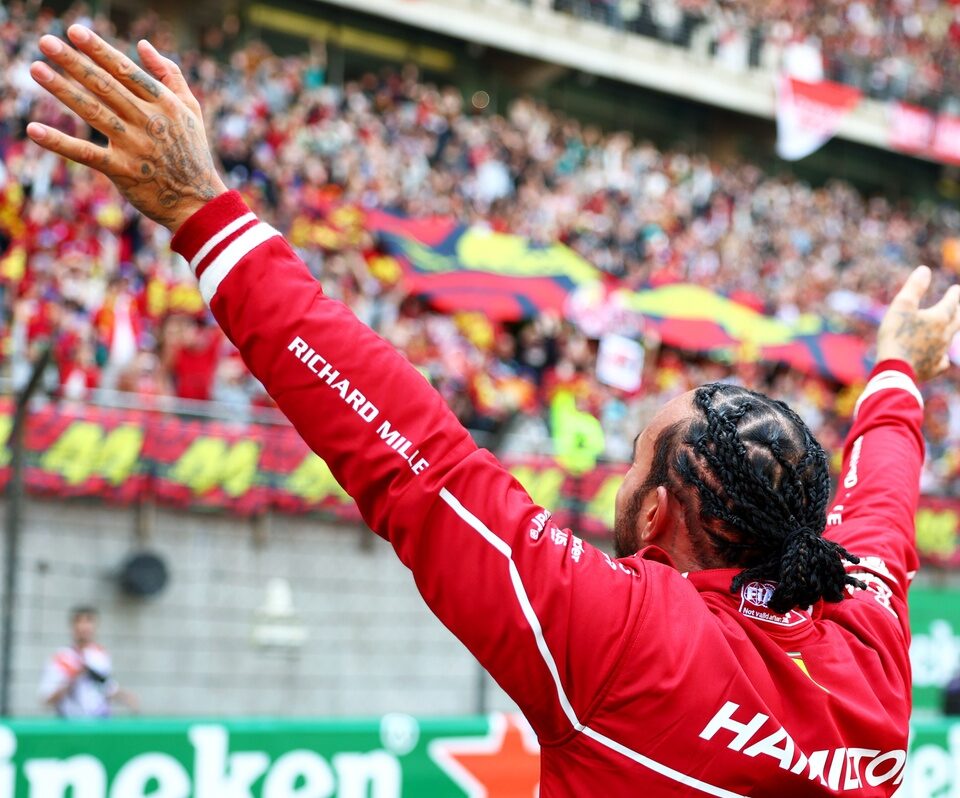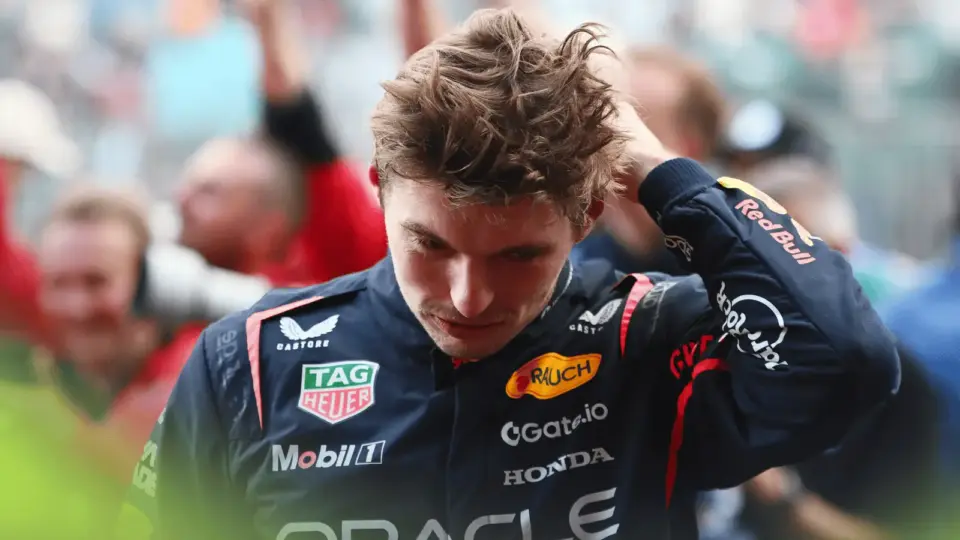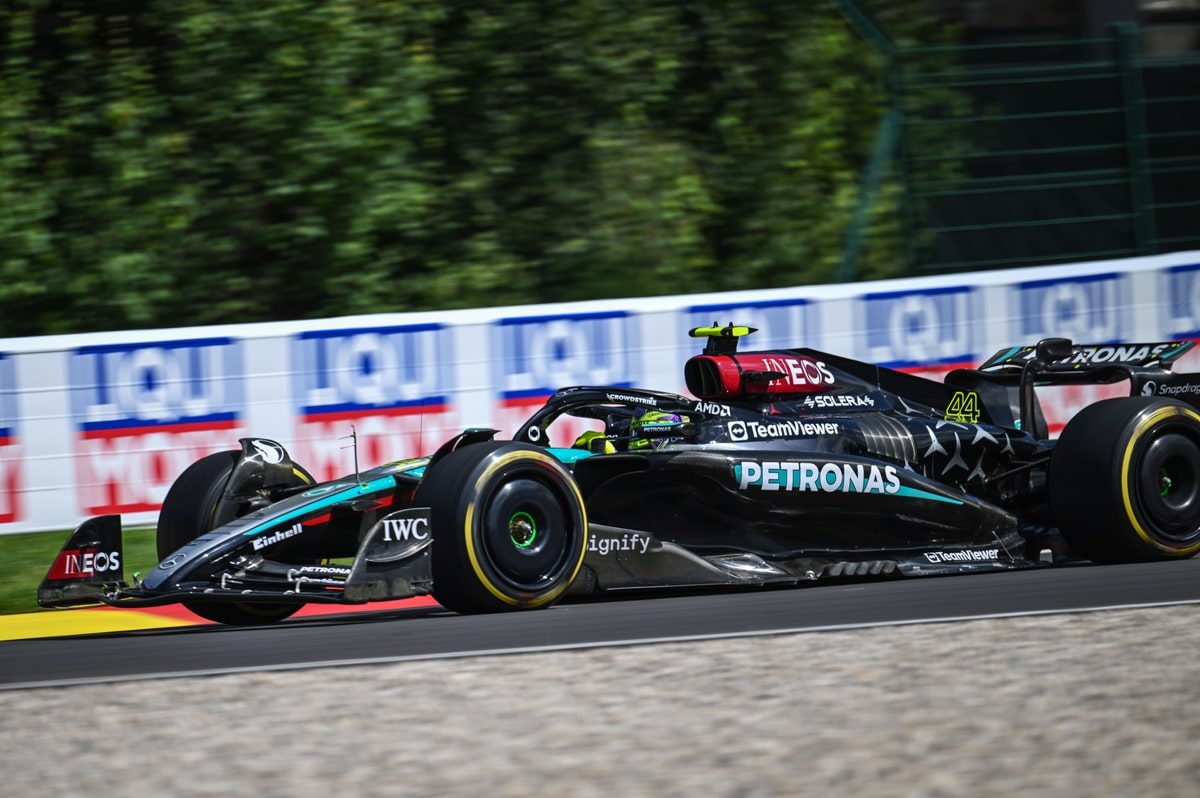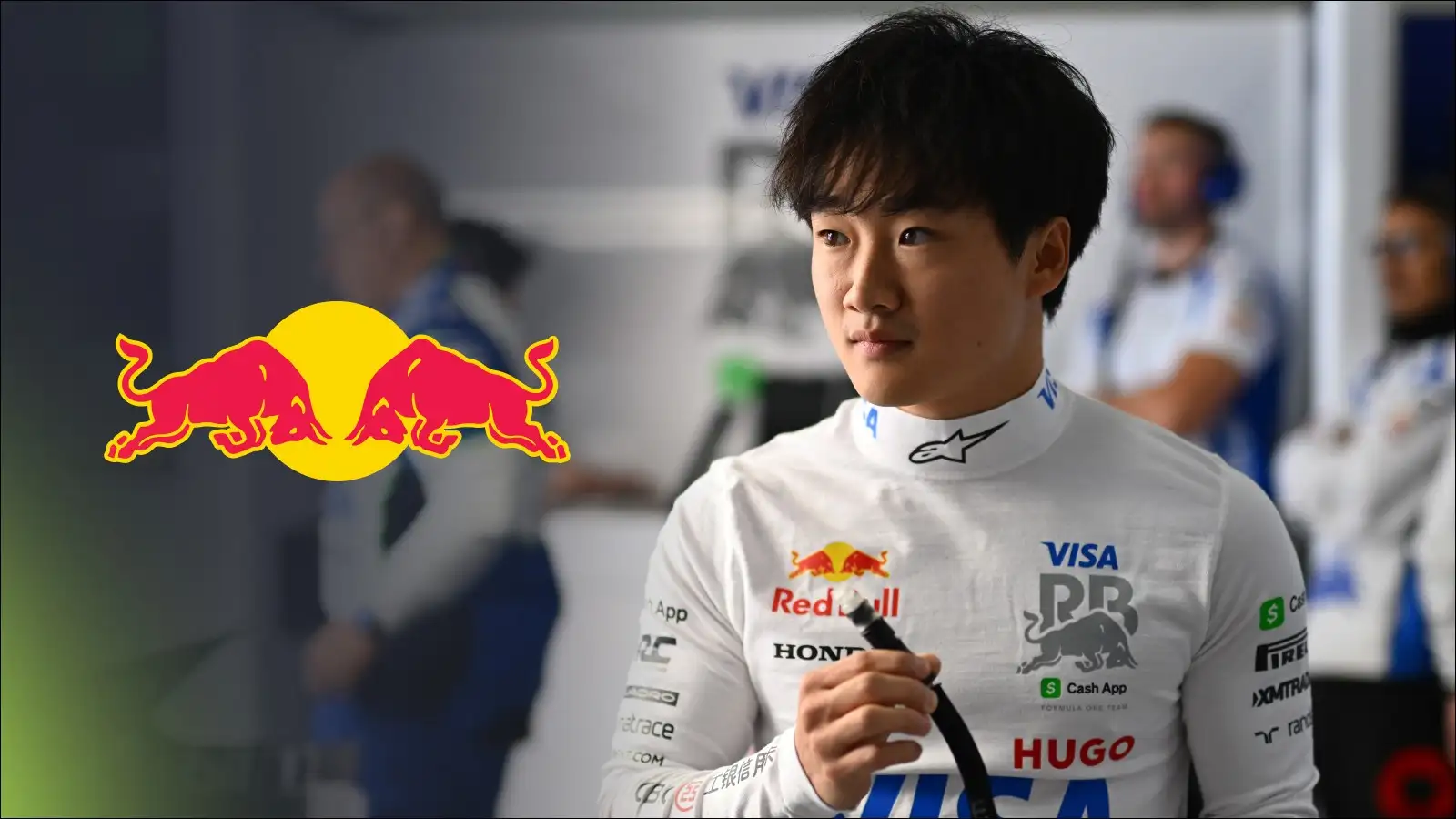Lewis Hamilton, the celebrated racer, faced grueling challenges during his Ferrari debut in Melbourne, leaving fans and critics wondering about his future. The transition wasn’t seamless, that’s for sure. But, just a week later, Hamilton found his rhythm on the tracks of Shanghai. So, what sparked this rapid transformation?
In the world of Formula 1, adaptability and quick learning are paramount. Hamilton’s initial hurdles weren’t just about adjusting to a new car. They involved syncing with a new team and overcoming a host of technical hurdles. As we delve into the key elements of Hamilton’s impressive comeback during the Chinese Grand Prix, it’s clear that his strategic approach played a vital role.
Initial Struggles in Melbourne
In Melbourne, Hamilton’s Ferrari debut didn’t go as planned, with an imbalanced car and a lack of harmony with his race engineer, Riccardo Adami. They just weren’t in sync. The issues ran deeper, affecting Hamilton’s control and feel of the car. Consequently, challenges piled up quickly.
The race weekend was a learning phase. Hamilton needed to understand the control systems and the driving dynamics of his new Ferrari. However, it wasn’t just about the car; it was the rapport with the team that was notably missing. The pressure of expectations was palpable, and it showed.
During the race, Hamilton’s setup was quite different from that of his teammate, Charles Leclerc – a bold step in itself. Hamilton opted for less front wing angle, showcasing his willingness to experiment. The learning curve was steep, but Hamilton was absorbing the experience.
Communication Breakdown
The radio traffic between Hamilton and Adami highlighted a communication breakdown. Their exchanges were tense, indicating the struggles in building an effective working relationship under race conditions. Adjustments were more than just mechanical, they were personal and professional.
Despite these tensions, Hamilton didn’t shy away from identifying the issues. He reached out to Adami with a new setup direction, a proactive step to recalibrate their working methods. Hamilton understood the critical need to adapt, not just the car settings but also his interaction with the team.
A Shift in Strategy
Hamilton wasted no time post-Melbourne, initiating dialogue with Adami about changes he needed. He advocated for a setup strategy similar to what he had tested in Bahrain, which brought him comfort and control.
The impact of these changes was evident. By the time Hamilton got behind the wheel in Shanghai, he felt more in tune with the Ferrari. It was a direct result of a strategic shift, addressing both mechanical and interpersonal dynamics.
Hamilton’s adjustments paid off as they allowed him to compete more effectively. Understanding and aligning with the car’s intricacies became a priority. His focus was clear – make the car work in his favor.
Testing and Adjustments
Testing played a crucial role in Hamilton’s rebound. At Bahrain, he had faced a setback with a malfunctioning car, curtailing his race simulations. Despite this, he relied on the brief test runs to inform his strategy for future races.
Hamilton remodeled his steering wheel to mirror those he was accustomed to. This setup was familiar, aiding in quicker adaptation. The technical adjustments became crucial as he continued to learn and refine his approach during the sprints in Shanghai.
Hamilton’s commitment to understanding the tools at his disposal was unwavering. The familiarity with the Ferrari’s controls grew with each lap, building confidence and skill.
Lewis Hamilton’s journey from a tough debut in Australia to a striking performance in China underscores the essence of perseverance in motorsport. His triumph is a testament to the power of adaptability and strategic evolution.
By learning from initial missteps and forging a stronger connection with his new team, Hamilton demonstrated why he remains a formidable force in the racing world. As the season progresses, his continued growth promises more exciting performances ahead.










